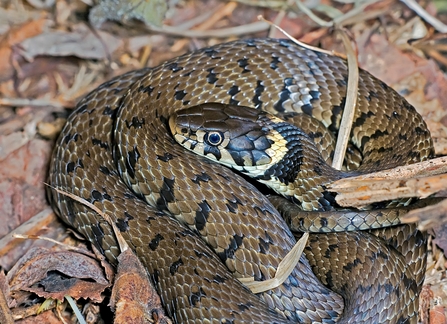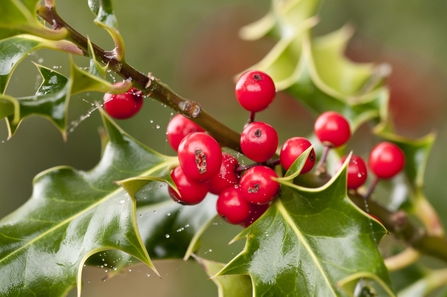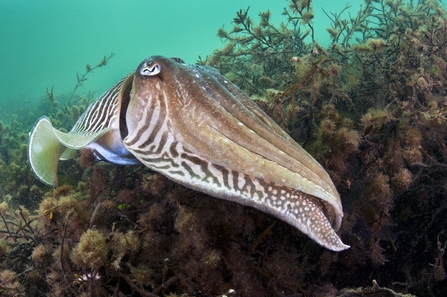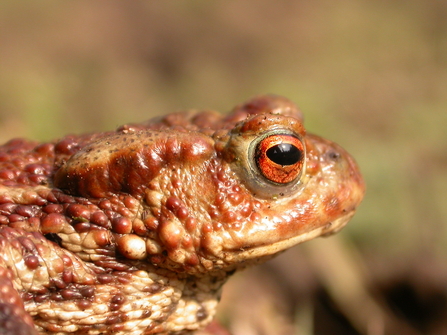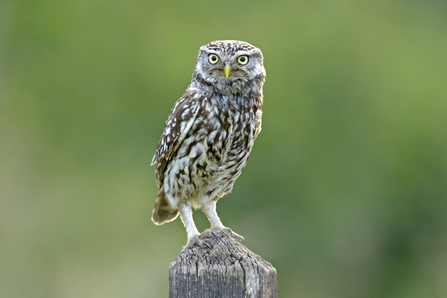
Badger © Bertie Gregory/2020VISION
10. Hogwarts Houses
Hufflepuffs are represented by the badger: loyal, hardworking, patient and fair. Fantastic diggers, badgers are sociable and live underground in family groups. Courageous Gryffindors are characterised by the lion. Rare Scottish wildcats are the only big cat found in the UK. Early Scottish settlers told legends about wildcats so fierce they bested human champions, and worshipped them as forest spirits. The eagle symbolises intelligent and witty Ravenclaws. The golden eagle is a huge bird of prey found in Scotland, which has superb hunting prowess. Snakes are the embodiment of the cunning Slytherins. Britain has three species of snake; the adder, the grass snake, and the rare smooth snake.



